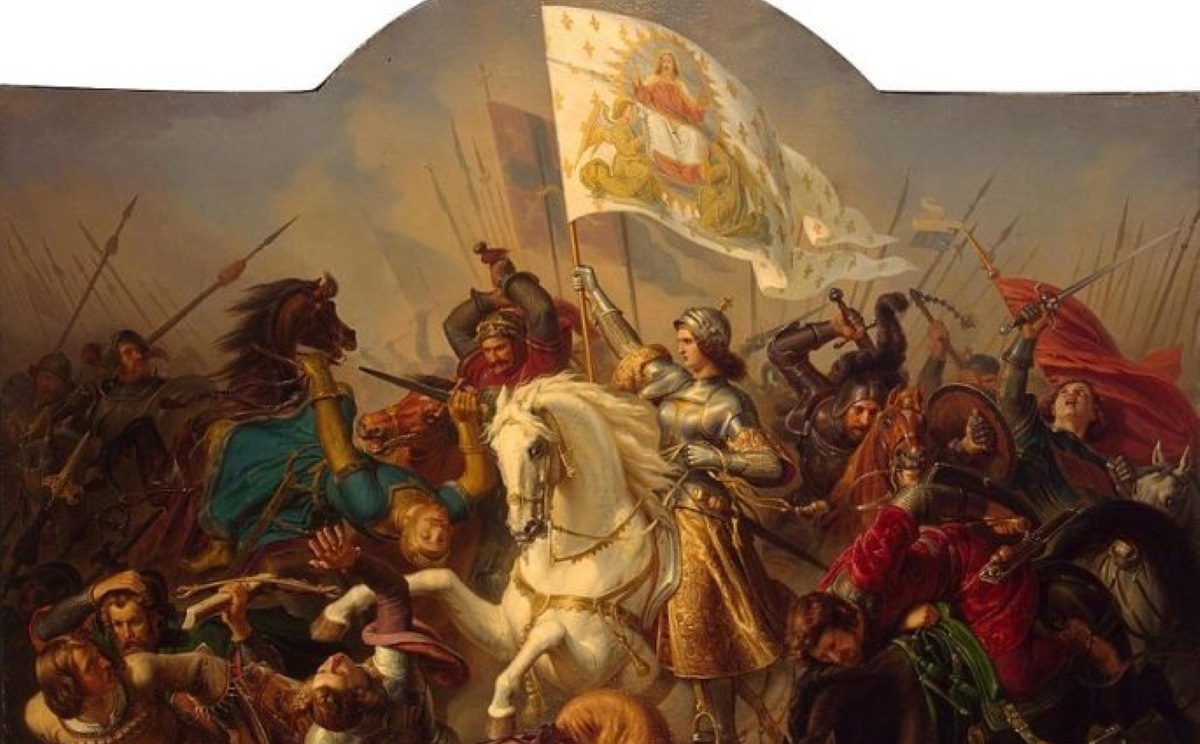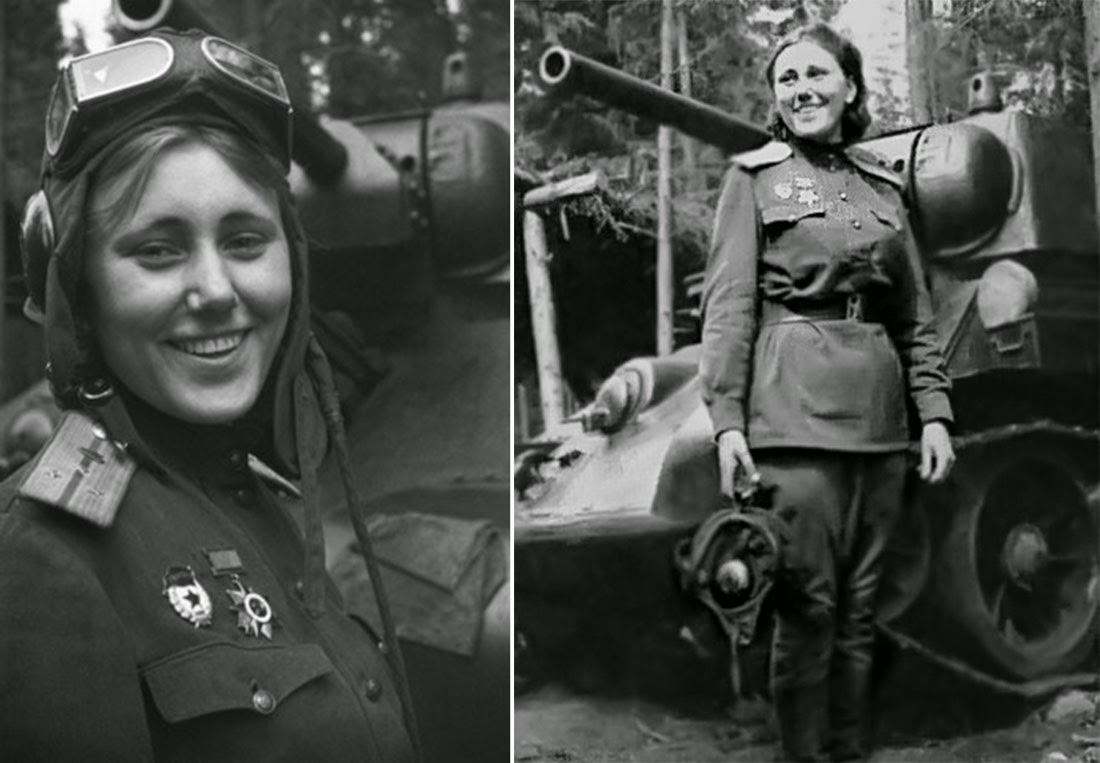The Story
The ready-made British resistance. After the disastrous campaign in France in 1940, the remnants of the British Expeditionary Force and the Free French Forces found themselves critically short of vehicles, ammunition, and other equipment. This led to the formation of the well-known Home Guard, but Winston Churchill also ordered the creation of a secret, underground army that was known simply as the Auxiliary Units. They remained secret until the 1990s.
Its 3,500 members were recruited mainly from the civilian population and trained in a variety of tasks, including stealth killing, explosives, unarmed combat, and sabotage. To avoid suspicion, they were assigned to Home Guard units. Despite the shortage, they were equipped with the best weapons available, including Thompson submachine guns and PIAT anti-tank rockets. They were also given silenced pistols and rifles, sticky bombs, and single-shot cartridges that could penetrate steel at almost 100 meters (over 300 ft). Their operation bases were built 4.5 meters (15 ft) underground and held 6–8 men each, plus all of their equipment and weeks’ worth of supplies.
In the event of an invasion, the plan was to attack German communication lines, railways, airfields, fuel and supply dumps, and senior German officers. Perhaps most chillingly of all, they had orders to kill any British person collaborating with the occupying German forces. One advantage of the units was that the German army would not expect organized resistance so soon after an invasion. The fatality of such a mission was certain, but luckily, the Auxiliary Units never went into action, although many of its men joined other units after it disbanded.
The Background
On a clear day, you can see 11 English and Welsh counties not to mention the Bristol Channel from this ridge. No wonder the men of ‘Jonah’ Patrol of 202 Battalion, Home Guard had their operational base up here in these Monmouthshire hills.
Their accommodation was less spectacular, though. Six men would have squeezed into this damp chamber six feet below the forest floor. But the occupants would not have had to put up with it for long once it became operational. Because their life expectancy was less than a fortnight.
In addition to their Commando daggers and machine guns, they had gelignite and nitro-glycerine ‘sticky’ bombs for slapping on the side of advancing tanks. Their grenades came with four-second fuses, unlike the standard seven-second variety used by the regular Army (greatly increasing the risk to the thrower but reducing the prospect of one being thrown back).
And every unit was issued with one extra, unusual piece of kit: a gallon of rum. This was not for recreational use. Not only were Auxiliary Units given a life expectancy of 12 days, but they were also under orders not to be captured. If surrounded, they would need to shoot each other or blow themselves up with their own explosives. The rum might have helped. Not only were Auxiliary Units given a life expectancy of 12 days, but they were also under orders not to be captured.
The Monmouthshire Auxiliaries were recruited by an eccentric intelligence officer called John Todd whose attempts at blending in can hardly have been helped by his clunking alias — ‘Tommy Atkins’. He would gather potential candidates in a Newport pub with some bogus story. After plying them with beer, he would see who peeled off to relieve themselves and strike them off his list. ‘These weak-bladdered sorts cannot be trusted,’ he told one (strong-bladdered) Auxiliary, Les Vick. Those who eventually passed muster would then have to sign the Official Secrets Act and undergo training at Coleshill.
Hundreds of hideouts were built all over Britain by Royal Engineers brought in from different regions. They would have no idea of what they were building for whom, or even where they were. But these were no mere dugouts. They were carefully chosen for proximity to a natural water supply and to roads, so that there would be no awkward questions if the occupants were seen nearby. They also boasted some clever ventilation arrangements.
The only way in is by crawling along a 30ft pipe reached through a trapdoor in the side of a hillock. It’s filthy and uncomfortable but leads to an impressive double chamber where the men of ‘Esau’ would have eaten their tinned food, grabbed some kip in rudimentary bunk beds and plotted their next raid on the enemy.
Author Profile
Latest entries
 History20/07/2020The Most Bizarre Things That Was Found In Ice
History20/07/2020The Most Bizarre Things That Was Found In Ice History20/07/2020The Maid of Orléans : How Joan of Arc defeated the English
History20/07/2020The Maid of Orléans : How Joan of Arc defeated the English History03/07/2020Religious Cults That Changed The Course Of History
History03/07/2020Religious Cults That Changed The Course Of History History22/04/2020World War II Stories: Nazis Killed Her Husband, She Bought A Tank And Went On A Rampage
History22/04/2020World War II Stories: Nazis Killed Her Husband, She Bought A Tank And Went On A Rampage


